When Can Navigation Rules Be Overlooked: Exceptional Circumstances Explained
Navigating the vast expanse of oceans, rivers, and lakes requires a precise set of rules to ensure the safety and efficiency of watercraft. These navigation rules are crucial for preventing accidents and maintaining smooth traffic flow on waterways. However, there may be situations where adhering strictly to these rules could pose a greater risk to the safety of vessels and their passengers. In such cases, overlooking navigation rules may be necessary and justified.

To understand when it is appropriate to overlook navigation rules, it is important to first recognize the purpose and general principles behind them. The rules serve as guidelines for determining the right of way, signaling intentions, taking evasive actions, and assigning responsibilities to vessels under different circumstances. While the rules are designed to cover a wide range of situations, they cannot account for every possible variable on the water. As such, there are exceptions that allow for flexibility in decision-making when faced with imminent danger or other extenuating conditions.
Key Takeaways
- Navigation rules play a crucial role in maintaining safety and preventing accidents on waterways.
- Exceptions to navigation rules may be necessary in situations that pose a greater risk to vessels and passengers.
- Balancing adherence to rules with situational awareness and judgment is essential for the overall safety and efficiency of maritime navigation.
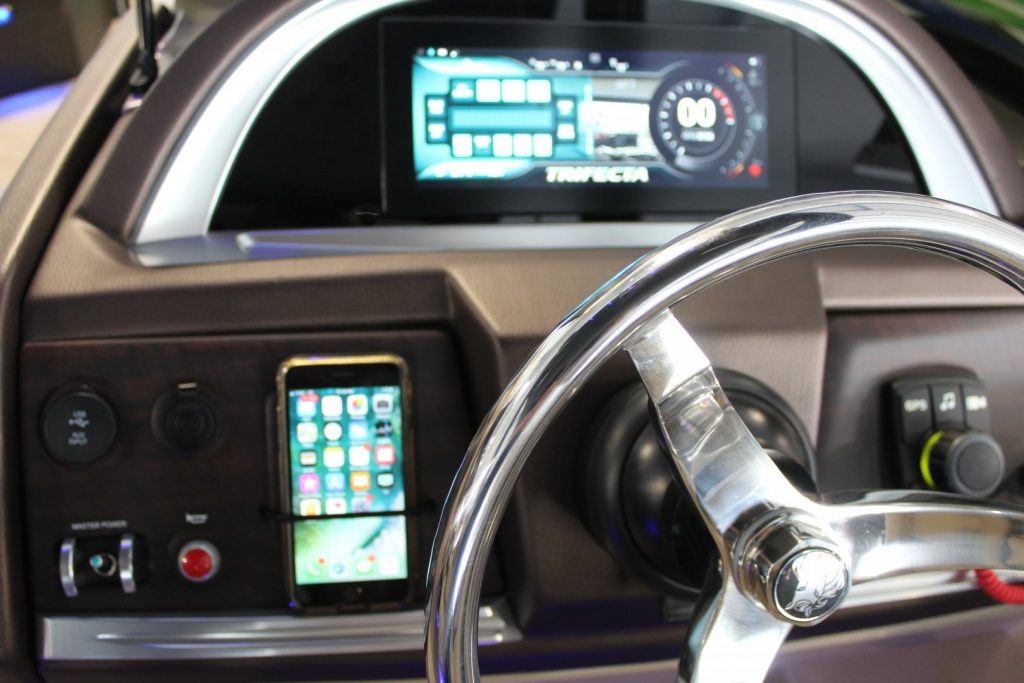
Understanding Navigation Rules
Definition and Purpose of Navigation Rules
Navigation rules, also known as the International Regulations for Preventing Collisions at Sea (COLREGs), are a set of guidelines designed to ensure the safety of vessels and their crew while at sea. These rules aim to minimize the risk of collisions by establishing standard practices for maneuvering and communicating among different vessels on the water.
The primary purpose of COLREGs is to maintain order and prevent accidents involving vessels navigating through busy waterways. They provide a framework for maritime communication, specifying the actions required by each vessel to avoid collisions. This helps promote safe and efficient travels, consequently protecting the marine environment and human lives.
Vessel operators are expected to abide by these rules at all times when navigating their ships, whether they are small recreational boats or large commercial vessels. The rules cover various aspects, such as the right-of-way, proper signaling, and the use of lights and other navigational aids in different sailing situations. By following these guidelines, skippers can better anticipate the behavior of other vessels and make informed decisions to ensure the safety of their crew and passengers.

It is important to note that the adherence to navigation rules is considered a basic responsibility of all vessel operators. Ignorance of these rules can lead to legal consequences and, in some cases, severe penalties. Ensuring the thorough understanding and application of COLREGs is vital to maintaining safe navigation and avoiding collisions at sea.
In certain situations, however, navigation rules may be overlooked, such as when a vessel is facing imminent danger or when following the rule could lead to a higher risk of collision. In these cases, the safety of individuals takes precedence over strict adherence to the rules, and vessel operators may need to deviate from COLREGs to avoid immediate danger, as discussed in this article.
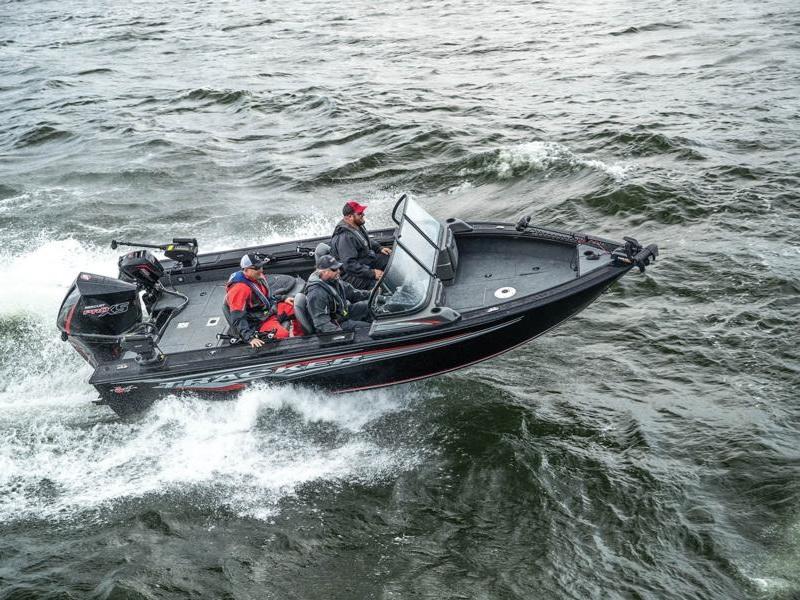
Exceptions to Navigation Rules
Identifying Common Exceptions
There are times when strict adherence to navigation rules might not be the most prudent course of action. Some of the most common exceptions include situations where immediate danger or safety concerns arise, as well as cases of limited maneuverability or efficiency. For example:
- A vessel on fire or taking on water
- A vessel in tow with restricted movement
- Turbulent water waves causing instability
- Poor visibility due to fog, rain, or sandstorms
Conditions for Overlooking Navigation Rules
Under certain conditions, overlooking navigation rules may be necessary to prevent further issues or potential collisions. These conditions usually involve a significant risk to the safety of the crew, passengers, or the vessel itself. In such situations, it is crucial for the person in charge to make informed decisions based on their knowledge and experience. The following are some of the conditions that may warrant a deviation from standard navigation rules:
- Immediate Danger: If a vessel is faced with an imminent threat, such as a collision or grounding, the priority is to avoid the danger rather than strictly follow navigation rules.
- Human Error: Errors in communication, understanding, or execution of navigation rules may lead to a hazardous situation. In such cases, it is essential to take corrective action, even if it means temporarily overlooking navigation rules to ensure safety.
- Limited Maneuverability: Vessels like tugboats, cargo ships, or large vessels with limited steering capability may need to overlook navigation rules to operate safely. In such cases, professional judgment and sound seamanship should prevail.
- Efficiency: In certain circumstances, such as high-traffic areas or congested waterways, it may be necessary to overlook navigation rules temporarily for the sake of overall efficiency and safety. Once the situation is resolved, adherence to the navigation rules should resume.
Maintaining awareness of these exceptions and conditions can help mariners operate their vessels with confidence and ensure the safety of everyone on the water. Still, it is crucial to remember that overlooking navigation rules should never be taken lightly and should only be done in the best interest of safety and practicality.
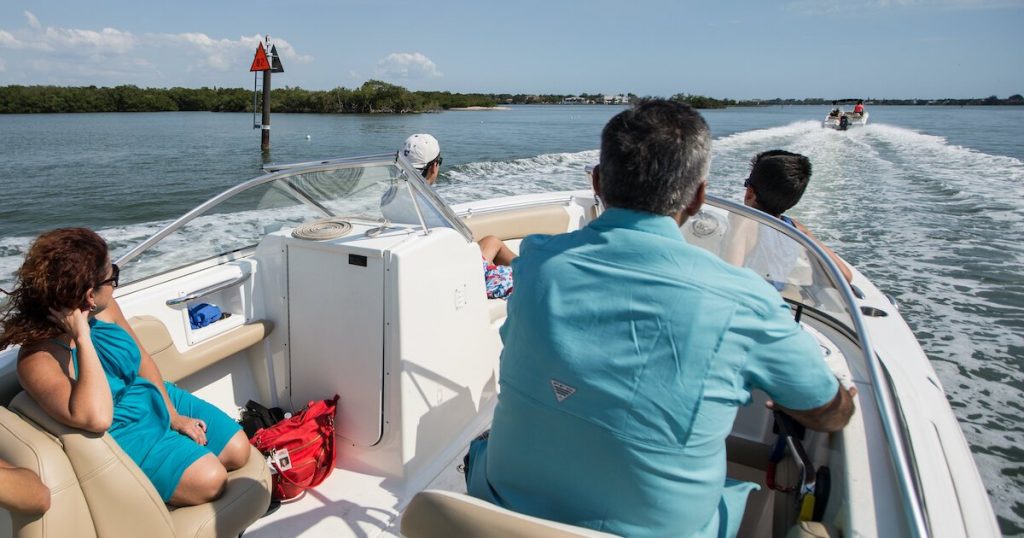
Right of Way in Waterways
Vessel Classification and Right-of-Way
In waterways, right of way is determined by a set of navigation rules to ensure the safety of all vessels and their operators. These rules are designed to prevent collisions and maintain order on the water. One key aspect of these rules is the classification of vessels, which plays a significant role in determining the right-of-way.
There are two main classifications of vessels: the stand-on vessel and the give-way vessel. The stand-on vessel is the one that has the right-of-way and is required to maintain its course and speed. The give-way vessel, on the other hand, must take appropriate action to avoid a collision, such as altering its course or speed.
A few factors influence vessel classification and right-of-way, including the type of vessels involved (e.g., power-driven, sailing, or restricted in their ability to maneuver) and their relative positions. Generally, commercial vessels and those with limited maneuverability have priority over smaller recreational boats.

Common Misconceptions about Right-of-Way
It's essential to clarify some common misconceptions about right-of-way in waterways. First, the right-of-way rules are not as simple as "first come, first served." Boat operators need to be aware of vessel types, positions, and navigation channels to make informed decisions about yielding the right-of-way.
Another misconception is that the stand-on vessel can ignore the give-way vessel's actions. Both vessels hold responsibility for avoiding collisions, and the stand-on vessel should be prepared to take evasive action if necessary.
Lastly, the right-of-way rules are not inflexible. There are situations where the rules may be temporarily disregarded to prevent an imminent accident. However, these exceptions should be carefully assessed and not treated as a carte blanche for disregarding navigation rules.
To ensure the safety of all waterway users, it's crucial for boat operators to familiarize themselves with right-of-way rules and vessel classifications. By maintaining a clear and confident understanding of these concepts, operators can navigate waterways efficiently and responsibly.

Implications of Overlooking Navigation Rules
Legal and Safety Consequences
Overlooking navigation rules can lead to serious legal and safety consequences. Violating these rules may result in fines, penalties, and even legal charges, depending on the severity of the incident. Moreover, these violations can also jeopardize the safety of both vessel crews and passengers, as well as the surrounding environment.
For instance, failure to follow navigation rules may result in collisions, causing injuries or fatalities among the crew and passengers. Additionally, such incidents may harm the marine ecosystem through oil spills and other pollution, which may have long-lasting effects on the environment.
In certain cases, such violations may also pose threats to national security. Overlooking navigation rules around military vessels or restricted zones may raise suspicion and invite unwanted attention from the respective nation's authorities.
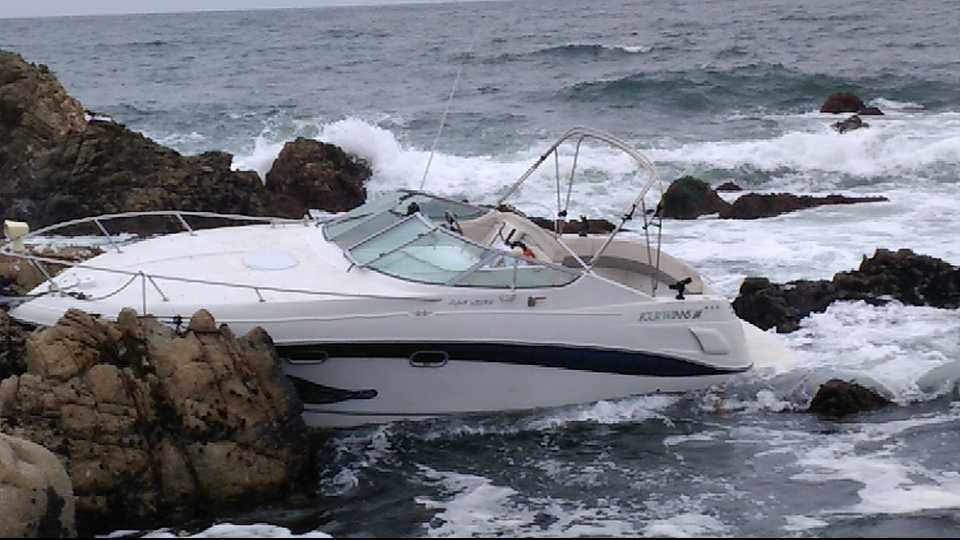
Navigational Hazards
Not adhering to navigation rules may also expose vessels to various navigational hazards. For example, navigating too close to shores without proper precautions may lead to grounding or running aground, causing severe damage to the vessel and potentially harming the coastal environment.
Similarly, ignoring rules on maintaining a safe distance from other vessels may increase the risk of collisions, especially in crowded waterways or during limited visibility conditions. These incidents can result in significant damage to vessels, endangering lives and property.
Furthermore, overlooking navigation rules in busy harbors or ports may cause disruptions in the flow of traffic, creating additional risks for all involved parties. By adhering to established navigation rules, mariners can minimize these hazards and ensure the safety and security of their vessels, crews, passengers, and the marine environment.

Role of the Lookout and Signal Systems
Importance of a Proper Lookout
A proper lookout plays a crucial role in safe navigation. It involves constant vigilance, using both sight and hearing, to detect potential hazards or changes in environmental conditions. Lookouts must be capable of accurately assessing the situation and alerting the crew in a timely manner. Hence, maintaining a proper lookout is essential for avoiding collisions and ensuring the safety of the vessel and its passengers.
Lights, Shapes and Sound Signals
Lights and Shapes: In order to communicate their intentions and alert others of their presence, vessels utilize various lights and shapes. Some of these are mandatory, while others depend on the specific circumstances and characteristics of the vessel. Examples of lights and shapes include masthead lights, sidelights, stern lights, anchor lights, and day shapes. Familiarity with these visual signals is fundamental for safe and effective navigation.
Sound Signals: In situations where visibility is restricted or during times of heavy traffic, sound signals become increasingly important. These signals are used to alert other vessels of their presence, intentions, or to indicate actions being taken. Sound signals can be short blasts, long blasts, or a combination of both, with each pattern conveying a specific message.
In conclusion, the significance of maintaining a proper lookout and understanding signal systems is vital for navigational safety. Equipped with this knowledge, seafarers can make informed decisions and take appropriate actions in various situations, ensuring safe and smooth voyages for all involved.
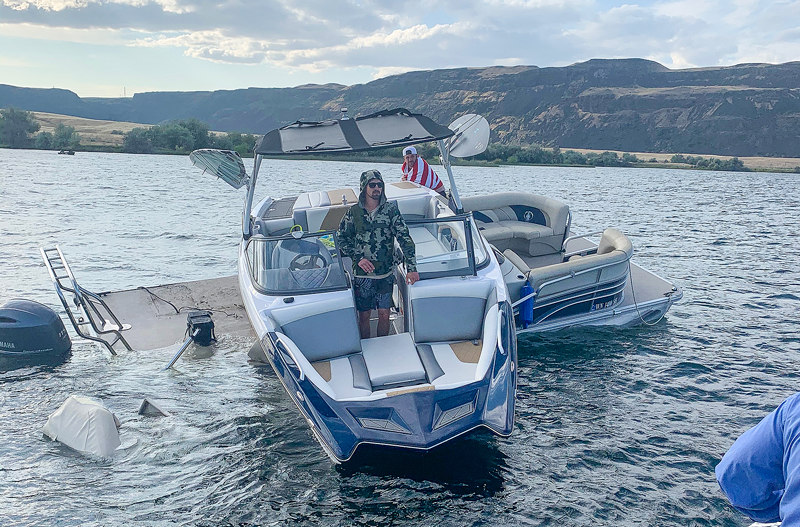
Preventing Collisions at Sea
Effective Ways to Avoid Collisions
Preventing collisions at sea is a crucial aspect of maritime safety. It is the responsibility of every vessel operator to take necessary steps to avoid such incidents. One effective method of avoiding collisions is to follow the International Rules of the Road at Sea, which provide a comprehensive framework for navigation.
Aside from adhering to the established rules, boat operators can also enhance safety by maintaining a proper lookout at all times, using binoculars to aid their visibility, and monitoring radar for nearby vessels. Additionally, proper communication is crucial for avoiding misunderstandings, so ensuring access to appropriate communication channels is vital.
A crucial tool for maritime safety is the VHF radio, which enables vessel operators to communicate with one another and coordinate efforts in preventing collisions.

Role of VHF Radio in Preventing Collisions
VHF radio plays a vital role in preventing collisions at sea as it facilitates direct communication between vessels. With VHF radio, operators can share vital information such as position, speed, direction, and intentions. This helps ensure that all vessels maintain a safe distance from each other and avoid collisions.
Moreover, VHF radio is also essential in times of distress or emergency. In such situations, it serves as a lifeline between the vessel in distress and rescue authorities, allowing for efficient coordination in providing assistance or evacuating people if necessary. Thus, VHF radio is not only crucial in preventing collisions, but also in mitigating the consequences of an incident should one occur.
In conclusion, the effective implementation of established navigation rules, enhanced visibility, proper communication, and utilization of VHF radio are all essential in preventing collisions at sea and ensuring maritime safety.
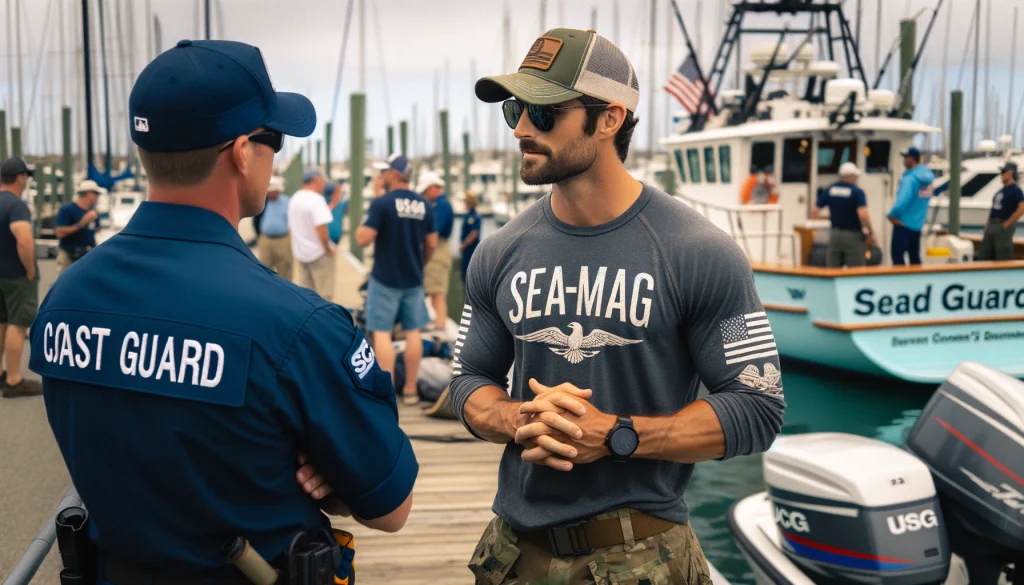
Understanding Local and National Regulations
Navigating the waters, whether in a local harbor or across international boundaries, requires a thorough understanding of local and national regulations. These rules and guidelines ensure that maritime operations are conducted safely and efficiently, while minimizing the risks of accidents, pollution, and threats to national security.
U.S. Coast Guard and Navigation Rules
The U.S. Coast Guard is responsible for enforcing navigation rules, including the International Regulations for Preventing Collisions at Sea (COLREGS). These rules, which are recognized worldwide, set forth the standards of conduct for vessels to maintain safety and avoid collisions while navigating. The Navigation Center provides resources and FAQs about these rules, supporting boaters and mariners in maintaining compliance.
In addition to international rules, the U.S. Coast Guard also enforces domestic regulations, such as the Inland Navigation Rules, Bridge-to-Bridge Radiotelephone Regulations, and Vessel Traffic Management Regulations. These rules, along with the international ones, are compiled in the official U.S. Coast Guard handbook.
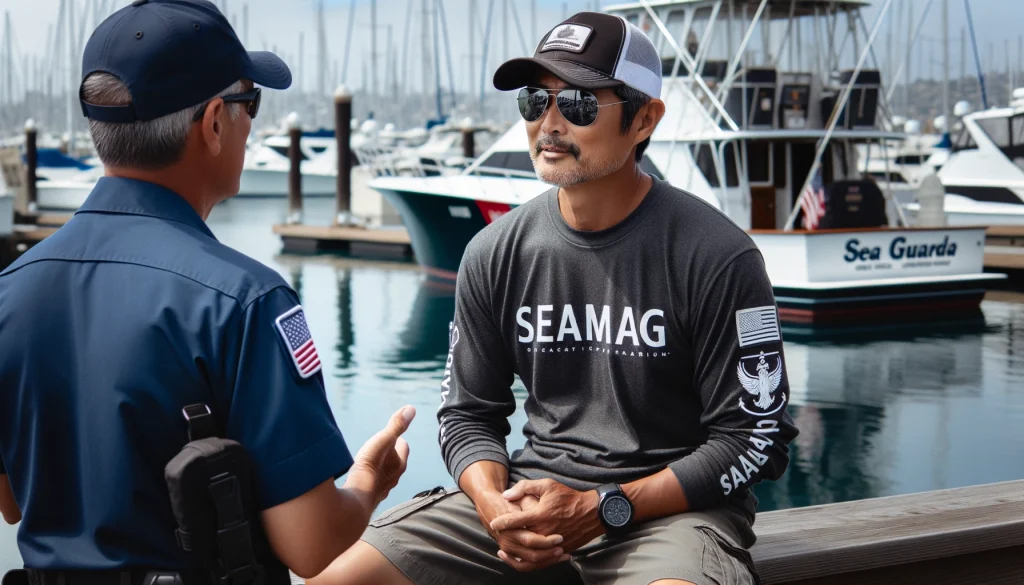
Importance of Local Regulations
While national and international regulations provide a baseline for safe navigation, local regulations also play a crucial role. These rules can vary from one jurisdiction to another and may cover specific aspects of navigation, such as pilotage, harbor management, and environmental protection. Local regulations are vital in ensuring that maritime activities consider the unique characteristics of the area, such as tidal patterns, traffic density, and other factors that can impact navigational safety.
To stay compliant and maintain safety, it is essential for mariners to familiarize themselves with both international and local regulations. Understanding the importance of these rules and following them consistently can help prevent accidents and protect the environment and national security. By staying well-informed and adapting to the regulations in different areas, mariners can contribute to safer and more efficient navigation in all types of waters.

Role of Human Factors in Navigational Safety
Human factors play a significant role in maintaining navigational safety, particularly in the maritime domain. Understanding the role of human error in accidents and incidents is crucial for implementing effective safety measures and preventing future occurrences.
One of the main reasons behind accidents involving watercraft is human error. This includes errors made by various individuals such as recreational boaters, professional mariners, and crew members. Factors that contribute to these errors may include fatigue, lack of proper training, miscommunication, and poor decision-making.
Moreover, maritime safety is not limited to large commercial vessels; it is equally important for recreational boaters to follow safety guidelines and navigation rules. Recreational boaters may be less experienced than professional mariners, which makes them more prone to committing errors that can lead to accidents.
To enhance navigational safety, it is crucial to consider and address the various sources of human error. This can be done by providing proper training and education to all individuals involved in maritime activities, ensuring clear communication during operations, and promoting a safety culture that prioritizes navigational best practices.
Technological solutions can also help mitigate human errors by providing tools that improve situational awareness, such as advanced navigation systems and collision avoidance tools. However, it is important not to rely solely on technology; attention should be given to fostering a strong safety culture, instilling good decision-making skills, and maintaining the overall well-being of those involved in maritime operations.
In conclusion, addressing human factors is a cornerstone of navigational safety. By understanding the role of human error in accidents, implementing effective safety measures, and promoting a safety-oriented mindset, both maritime professionals and recreational boaters can contribute to a safer navigational environment for all.

Frequently Asked Questions
What are the exceptions to following navigation rules?
In certain situations, navigation rules can be momentarily overlooked to ensure safety. Emergencies, such as immediate threats to human life, property, or the environment may require deviation from standard procedures. For example, a vessel on fire, sinking, or facing any other life-threatening situation may need to disregard rules to minimize risk and protect all involved source.
When can a vessel deviate from standard sound signals in fog?
Although it is not addressed directly within the search results, it can be inferred that, similar to other navigation rule exceptions, deviation from standard sound signals in fog may be acceptable if there's a risk of collision or an emergency situation. The primary goal is to maintain safety and prevent accidents.
In which circumstances is it acceptable to break standard navigation rules?
Some circumstances may warrant deviation from standard navigation rules, such as avoiding collisions, when a vessel is disabled and adrift, protecting human life, or preventing damage to property or the environment source. It's important to determine whether adhering to the rules would result in a dangerous outcome, and adapt accordingly.
How does rule 2 of navigation define responsibilities?
Although Rule 2 was not specifically found in the search results, related regulations indicate that every operator is responsible for avoiding collisions and considering all dangers of navigation, risk of collisions, and any special conditions, including the limitations of the involved boats source. Ultimately, the responsibility falls on the operator to act prudently.
What factors determine a safe speed according to navigation rules?
Unfortunately, the provided search results do not outline the specific factors that determine a safe speed according to navigation rules. However, it is likely that factors such as visibility, boat conditions, and environmental considerations play a role in determining a safe speed to maintain.
What rules apply during periods of restricted visibility?
The search results do not explicitly state the rules that apply during periods of restricted visibility. However, as discussed earlier, ensuring safety and avoiding collisions are paramount. Operators must use their best judgment and prioritize clear communication with other vessels to avoid accidents in such conditions.
Charlie is Editor-in-Chief of Sea Magazine